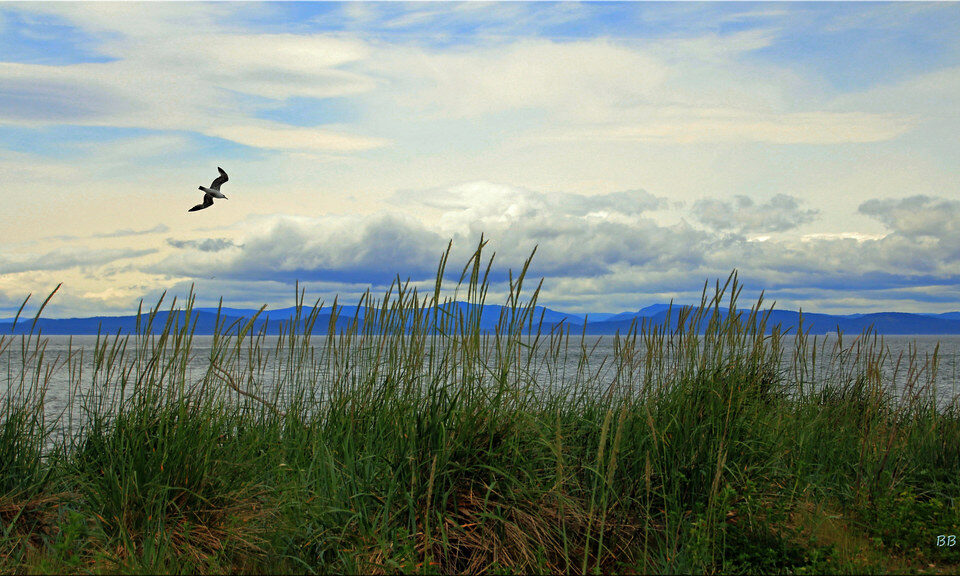
Relaxing Days at Confederation Park in Burnaby, CA
January 25, 2018
Metropolis at Metrotown: A Shopper’s Dream in Burnaby, CA
January 25, 2018Byrne Creek Ravine Park is nature’s tapestry, richly woven with diverse ecosystems in Burnaby, CA.
As you explore, you’ll discover the park’s vibrant flora and fauna which paint a picture of biodiversity at its finest.
You’ll unlock secrets of the forest, stream, and meadow ecosystems, each hosting a unique community of life.
Delve into the dynamics of these ecosystems and understand how they interact, creating a harmonious balance.
You’re not just a visitor here, but a part of this thriving biological community.
So, come immerse yourself in the essence of Byrne Creek Ravine Park, where you’ll find belonging in the rhythm of nature’s heartbeat.
Unveiling Byrne Creek’s Biodiversity in Burnaby
As you delve deeper into the biodiversity of Byrne Creek, you’ll encounter an impressive array of flora and fauna unique to this ecosystem. Among the green tapestry, you’ll find majestic Douglas firs and Western red cedars forming a canopy for understory plants like salal and Oregon grape. These plants don’t just add beauty; they play vital roles in the ecosystem too.
You’ll also come across a diverse range of animal life. From the playful river otters to the elusive Pacific tree frog, each species contributes to the creek’s vibrant biodiversity.
Ecosystem Dynamics at Byrne Creek
Now that you’re familiar with the diverse life forms at Byrne Creek in Burnaby, CA., let’s dive into understanding the dynamics of this ecosystem. You’re now part of a supportive community that cherishes the environment.
Here, three main factors influence the ecosystem dynamics:
Seasonal changes: The ecosystem adapts to the changing seasons, from the blooming of flowers in spring to the falling leaves in autumn.
Human intervention: The park’s maintenance by local authorities and its use by visitors can impact the ecosystem, both positively and negatively.
Animal behavior: The interactions between different animal species, their feeding patterns and their migration habits all play a role.




